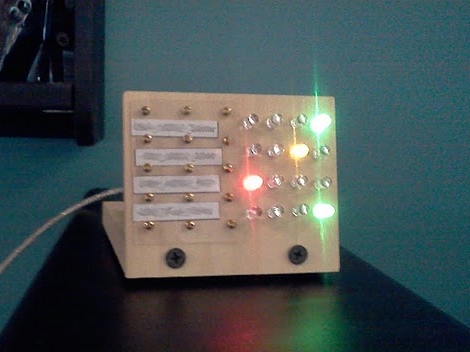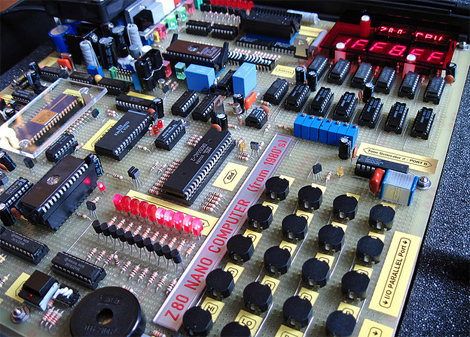
Seeed Studio’s line of hacker-friendly tools has expanded by one, they’ve announced that beta units of their DSO Quad oscilloscope are now available for shipping. The DSO Quad is about the size of a thick iPod yet packs impressive features such as two 72MSPS analog channels and a signal generator. By far the coolest ‘feature’ of the DSO Quad is that it’s completely open source.
DSO Quad is a pocket size four-channel digital oscilloscope designed “for common electronic engineering tasks.” It’s based on an ARM Cortex M3 that provides 72MSPS analog bandwidth on two channels with an integrated FPGA and a high speed ADC. In addition to the four data acquisition channels (two analog, two digital), the DSO Quad has a signal generator. This lets you put out square, triangle, saw, and sine waves from 10Hz to 1MHz. An internal 2MB USB stick can be used to store sampled data, upgrade the firmware, or run custom programs. Since the device is still in beta, some of the software specifications aren’t firm, but if you’re looking for a relatively inexpensive ‘scope, this could be the one for you. Just bear in mind that for this pre-production run you’re not getting any documentation, so be prepared to be off the reservation and on your own.

















